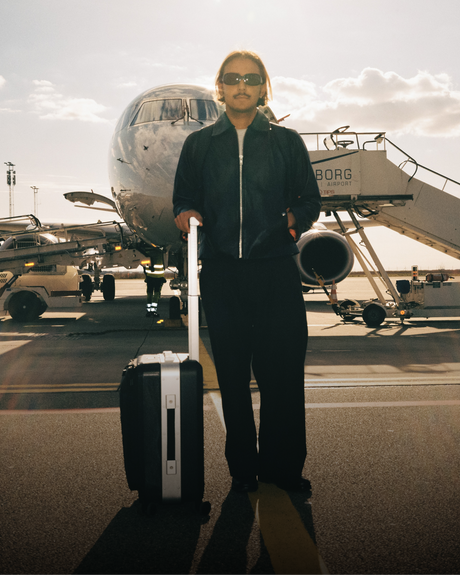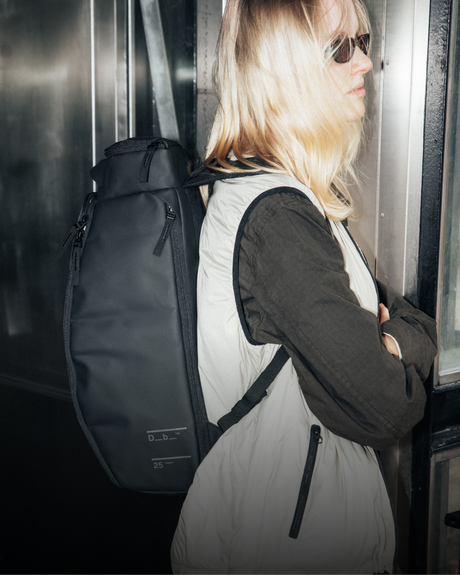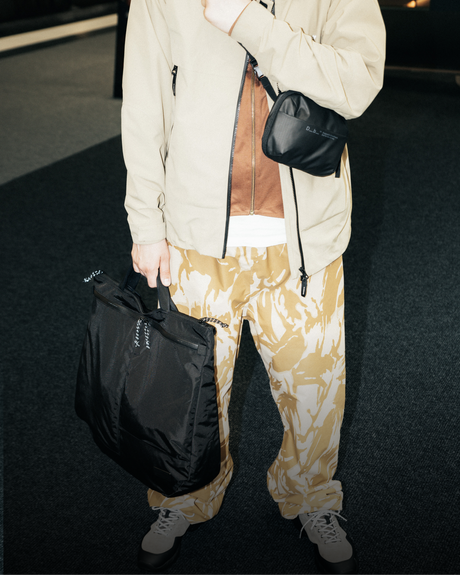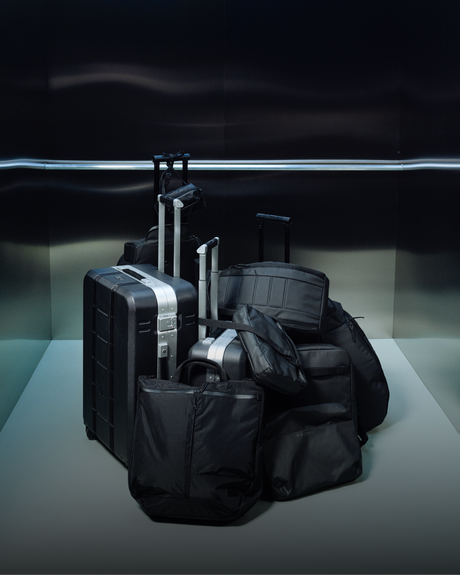PHCL The Lost Chapters: Process
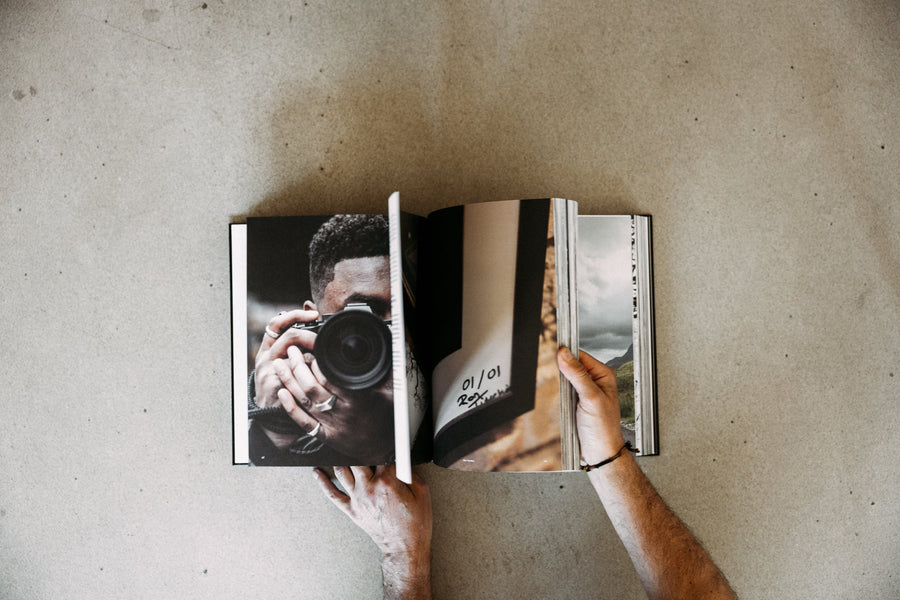
Despite what you might think, ‘the process’ is a part of the equation a lot of people misunderstand. Overlook it at your peril, because it’s the element that conceals the the most influential parts of an endeavour…
The cynical among us might say that references to ‘the process’ are all too often used to mask blind faith. As a mental tool to suck it up and push through the drudgery and monotony of a job. ‘Just trust in the process,’ say the throngs of the well meaning. But the process kinda needs to be identified, or at least kept a close eye on. When we set out to make the Pack Heavy Chase Light book, the end goal was still a bit loose. We knew we wanted to cement the work Sam Moody and Hallvard Kolltviet had done with the video series into a tangible, physical, take-your-time-with-a-coffee overview. The stillness of the photography has a different quality. It says more, and when you have the advantage of looking over all three series in one go. Side by side, you get to notice some of the threads that connect all these people in a new light.
When we set out to make the Pack Heavy Chase Light book, the end goal was still a bit loose. We knew we wanted to cement the work Sam Moody and Hallvard Kolltviet had done with the video series into a tangible, physical, take-your-time-with-a-coffee overview. The stillness of the photography has a different quality. It says more, and when you have the advantage of looking over all three series in one go. Side by side, you get to notice some of the threads that connect all these people in a new light.
In writing and compiling this book, we were able to step back and take a look at what we had as a starting point. It was all there, even though series three was still in production. However, the task was about communicating this into something that had impact in the physical realm.
While a journey might take you from point A to point B, it’s important not to confuse that journey, with the process. As we all know far too well, journeys can be anything but linear. Taking steps backwards in order to move on is a lesson many of us will share. You’ll see in the book that snowboarder Kevin Backstrom had to take a big step backwards, breaking away from the national team, in order to build Beyond Medals.
 Similarly, when working on the Pack Heavy Chase Light book, we didn’t start with page one and finish with the acknowledgements page. We worked on sections as they became available. Went back to fill gaps where additional photos were needed, or to bring in an essay that would help synchronise a feeling that passed through a collection of the profiles we’d been writing.
Similarly, when working on the Pack Heavy Chase Light book, we didn’t start with page one and finish with the acknowledgements page. We worked on sections as they became available. Went back to fill gaps where additional photos were needed, or to bring in an essay that would help synchronise a feeling that passed through a collection of the profiles we’d been writing.
 When Sam Moody shot these episodes and then sat down to the edit, it was also a process far from linear. “I mean, since turn around times were pretty quick, you have to just get started some how,” he explains. “For example I would always start editing with the scenes and questions I was most excited about, obviously you want to start working on the fun stuff right? Well then naturally the snowball effect would come in. I’d see something that works, another idea for story transitions would come to life, or I’d move a clip somewhere and just flow into different bits. The next thing you’d know it’s been six hours, it’s dark, I haven’t eaten, and I haven’t even gotten up to go turn the lights on.”
When Sam Moody shot these episodes and then sat down to the edit, it was also a process far from linear. “I mean, since turn around times were pretty quick, you have to just get started some how,” he explains. “For example I would always start editing with the scenes and questions I was most excited about, obviously you want to start working on the fun stuff right? Well then naturally the snowball effect would come in. I’d see something that works, another idea for story transitions would come to life, or I’d move a clip somewhere and just flow into different bits. The next thing you’d know it’s been six hours, it’s dark, I haven’t eaten, and I haven’t even gotten up to go turn the lights on.”
“Those were the best days, just locking in and getting everything done at once. I think the only parts I really, really procrastinated were intros,” he says. “I wouldn’t even make the intros until the very last second before it went live.”
Taking time to consider the process is something worth doing often, whether that’s before starting a new project, mid-way through a surf trip, or navigating your career. Failure to look at the process, is like shooting photos with no intent. You frame the shot. Release the shutter. Then leave the moment in the camera. A photo sat in the camera is only half the art. For a lot of this book, images were shot on film which needed to be exposed and processed. Without those steps, it would have been just an ambitious intention. And intent just isn’t enough.
“I’ve seen on brand and campaign work, that you often need that shot of inspiration,” says our CMO Jon Weaver, no stranger to navigating different creative processes himself. “It could be while taking a shower, or going for a run when something comes to you and you’re like, right, this is the idea. And then you build everything around that.” “But sometimes it’s a bit different,” says Jon. “Like with Pack Heavy Chase Light the series, and the book, you just have to go out into the world and make a few things and see what happens. See what resonates and works, then do more of that.”
“But sometimes it’s a bit different,” says Jon. “Like with Pack Heavy Chase Light the series, and the book, you just have to go out into the world and make a few things and see what happens. See what resonates and works, then do more of that.”
Having also held several pop-up events throughout Europe in the past year, Jon explains these can require a completely different kind of process to see them through. “There’s so many variables with live events,” he says. “People, locations, subjects. Things can change on the day, on the minute, and so sometimes you have to be able to evolve and be more intuitive – figure them out as you go along.”

 The importance of process is paramount. It helps us define the way we do something. There’s a certain amount of style that can be attributed to it. It’s what sets different photographers or artists apart from one another. It’s what makes one creative more preferential to work with than another, and it’s what makes one trip to Central America, different from another. It’s easy to imitate and copy another persons itinerary, but the fulfilment cant be emulated to the same degree.
The importance of process is paramount. It helps us define the way we do something. There’s a certain amount of style that can be attributed to it. It’s what sets different photographers or artists apart from one another. It’s what makes one creative more preferential to work with than another, and it’s what makes one trip to Central America, different from another. It’s easy to imitate and copy another persons itinerary, but the fulfilment cant be emulated to the same degree.

What this all comes down to, is making your own blueprint. If you want to write the ending first, then go back and fill in the gaps, the progress is still happening. There’s momentum building. Throughout the pages of Pack Heavy Chase Light, you’ll see how process takes many different forms. How certain attitudes, certain outlooks might connect the subjects of this book, but that a mutual discipline for process is what unites them. Not despite their different approaches, but because of them.
— Nick Baines, author of Pack Heavy, Chase Light The Book
